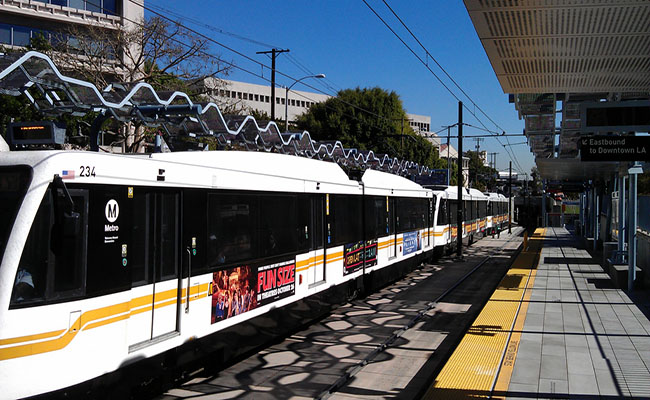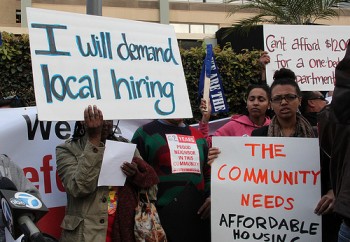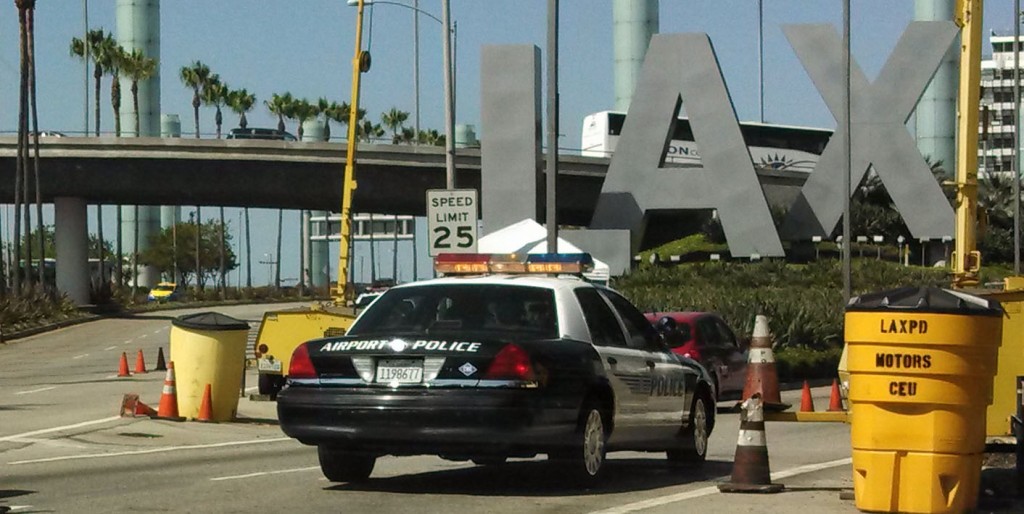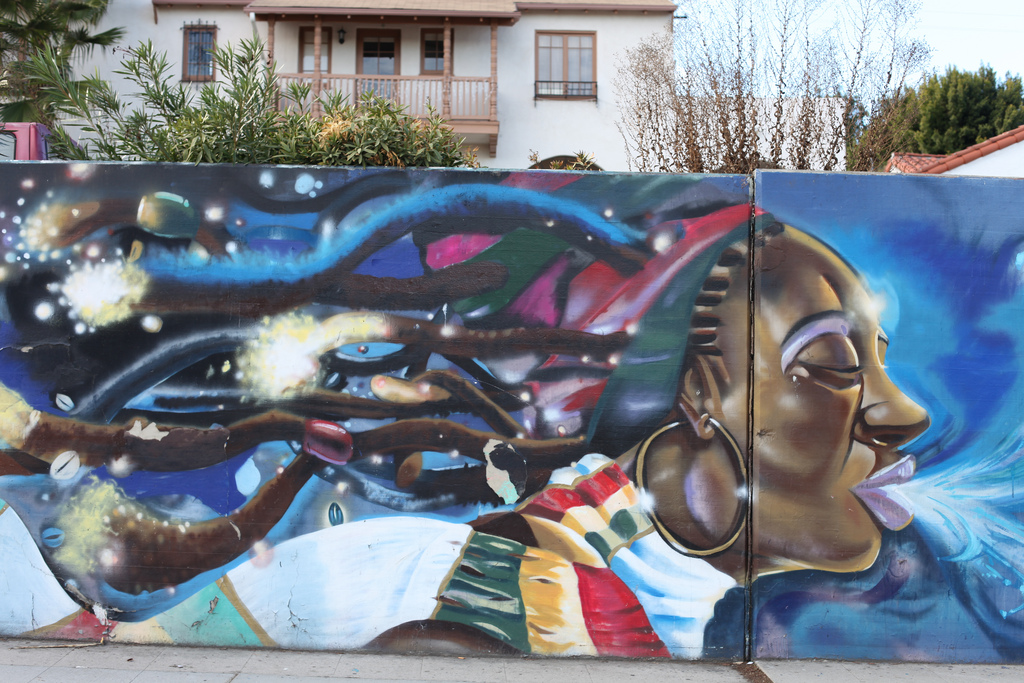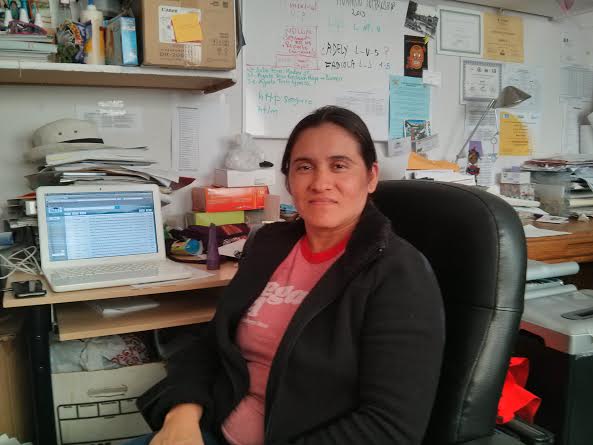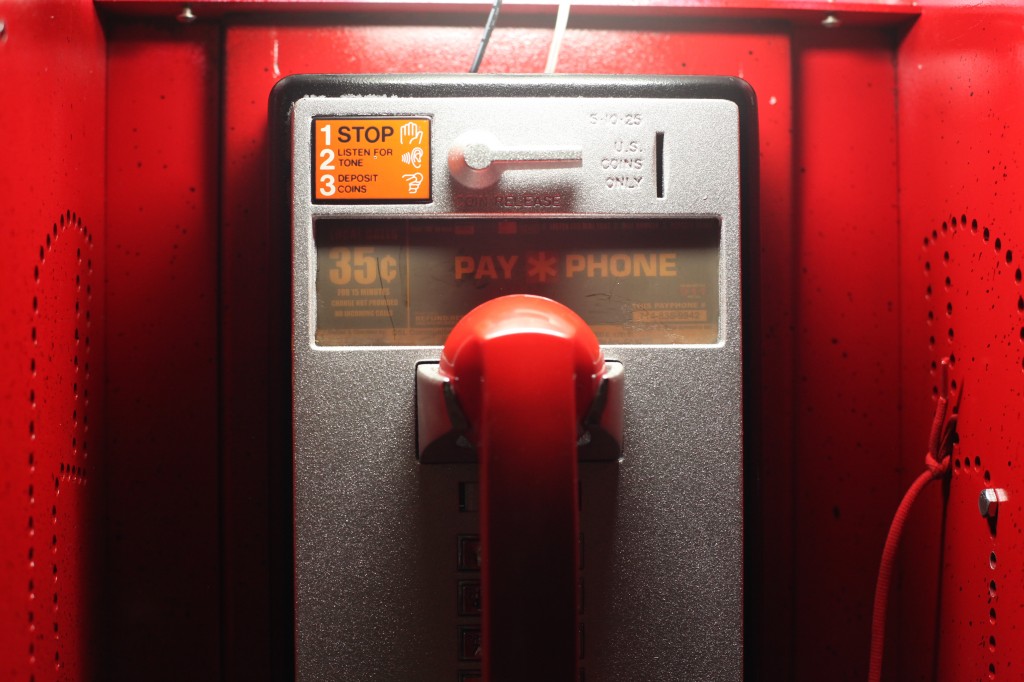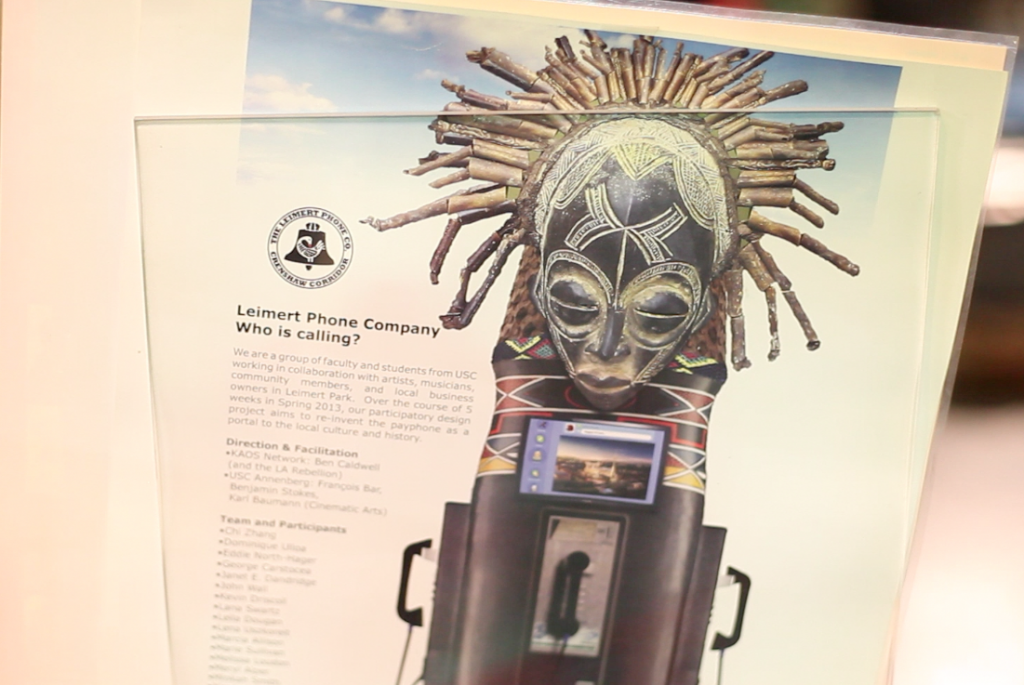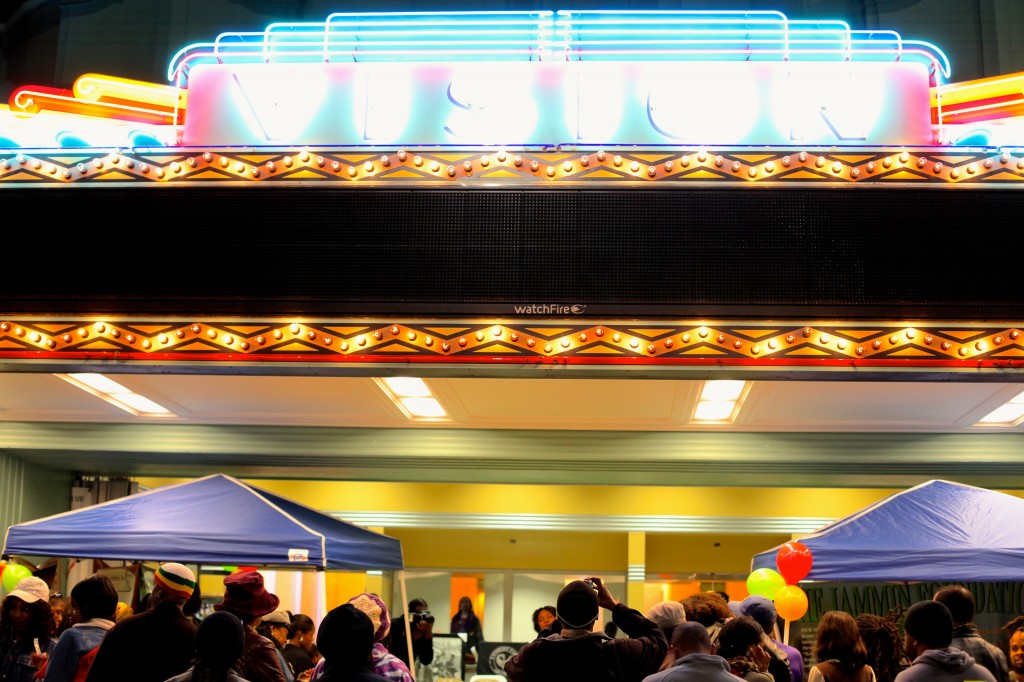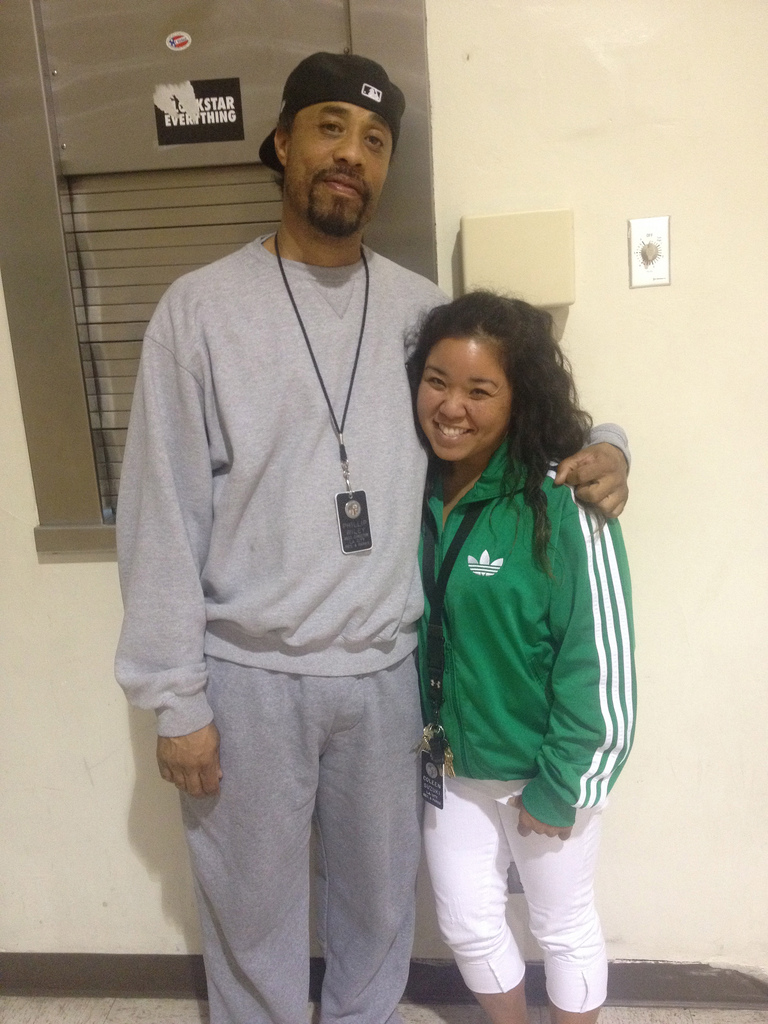Raymond Castro, a 44-year-old unemployed worker, is woefully familiar with Los Angeles’ infamous traffic snarls. Castro has been working construction for more than 30 years and has spent a considerable amount of time — sometimes more than two hours — commuting to various work sites. Now, a hiring provision recently implemented by Metro could make it possible for Castro to stay in his South Los Angeles neighborhood for work.
Castro said he hopes the Project Labor Agreement “opens up opportunities for myself and others” living in the community.
The 8.5-mile Crenshaw/LAX light rail line, approved for construction in 2012, promised to connect the Crenshaw Corridor to other parts of the city, such as the South Bay and the Los Angeles International Airport. And in 2011 when Metro passed the Project Labor Agreement, a measure aimed to designate a percentage of the construction jobs to local residents, residents presumed the line construction meant an opportunity for employment. [Read more…]









